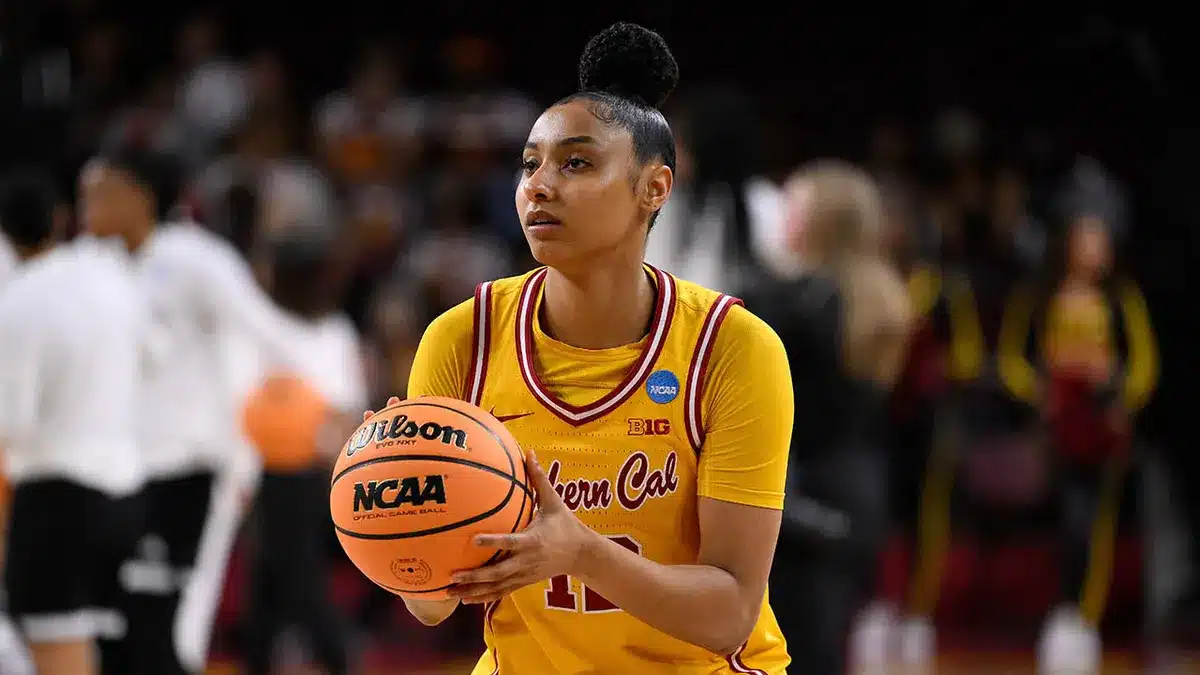The Boston Celtics boast a 26-7 record heading into Friday’s game against the Utah Jazz. They’ve only lost two games when their starting lineup is healthy. They rank third in defensive rating, second in offensive rating, and second in net rating. It’s safe to say they’re performing at an elite level on both sides of the floor.
However, every team can improve, from their on-court execution to finding upgrades at the back end of the roster. Something can always be tweaked to take the team up a notch. Yes, when you’re at the Celtics level, the improvements are only incremental, but sometimes, incremental is all you need.
In a recent episode of the “Green With Envy” podcast, Steve Jones of “The Dunker Spot” joined the show to share his unique insights into the Celtics, their style of play, the job Joe Mazzulla has been doing, and how things shook out in the recent loss to the Oklahoma City Thunder.
“The fact that they’re able to drive and kick and use their spacing to their advantage is fantastic,” Jones said regarding Boston’s commitment to playing with pace and tempo. “When they get slow, they start an action with 16 on the clock, and the next option doesn’t come until nine on the clock. And now a, uh, team switches and, ‘okay, let’s get the mismatch at the elbow.’ And it takes forever to get to the elbow; those are the possessions where, ‘hey, can we, can we not do those?’ Because when Boston makes quick decisions, they’re a whole different team.”
We often hear of a team playing with pace. It’s easy to confuse that with how often they get up and down the court or how many possessions a team fits into a game. However, that isn’t always what coaches mean by playing quicker — instead, they refer to that as tempo or tempo of play.
Pace is usually a way to describe the decision-making process. Making snap decisions. Knowing whether to dribble, pass, or shoot. We often hear that methodology referred to as the .5 principle. Making a decision within half a second of having the ball is often what’s meant by playing with pace.
However, Jones would rather see some of that pace taken away from the three-point line. He believes there’s enough spacing and playmaking talent to use those quick decisions while driving. Creating secondary drives and off-ball screens. Essentially increasing movement to overload a defense and find better quality shots, rather than taking an open three with 18, 19, or even 20 seconds left on the clock.
“They’re 27th in drives per game, but they’re third in the league on catch-and-shoot field goal percentage,” Jones said. “There’s an in-between here. There’s an in-between here where we can marry some of these concepts that you have. And I just feel like even when they do get it up quickly, that might result in a quick shot. And then it’s like, okay, I understand why you took that shot, but what if you now turn that into a drive, and now someone else has to react? Then that’s when I feel like Boston’s at their best.”
Still, the Celtics are doing a lot of things right. You don’t own the best record in the NBA by chance, not over such a large sample size, anyway. As such, a lot of credit has to go to Joe Mazzulla and his coaching staff. They’re the ones who have instilled a solid system and who are keeping everybody focused on a night-to-night basis.
You can watch or listen to the full interview below:
Iif you want to check out the episode in podcast form, you can find the show on either Apple or Spotify. You can also join in with the conversation and keep up-to-date with the show by joining the Discord channel.






